Everything You Need To Know About Lab-Grown Diamonds
Does it matter if diamonds are all natural or is there value in the synthetic ones cooked up in a laboratory? We asked two local jewellers specialising in lab-grown diamonds to spill the tea.
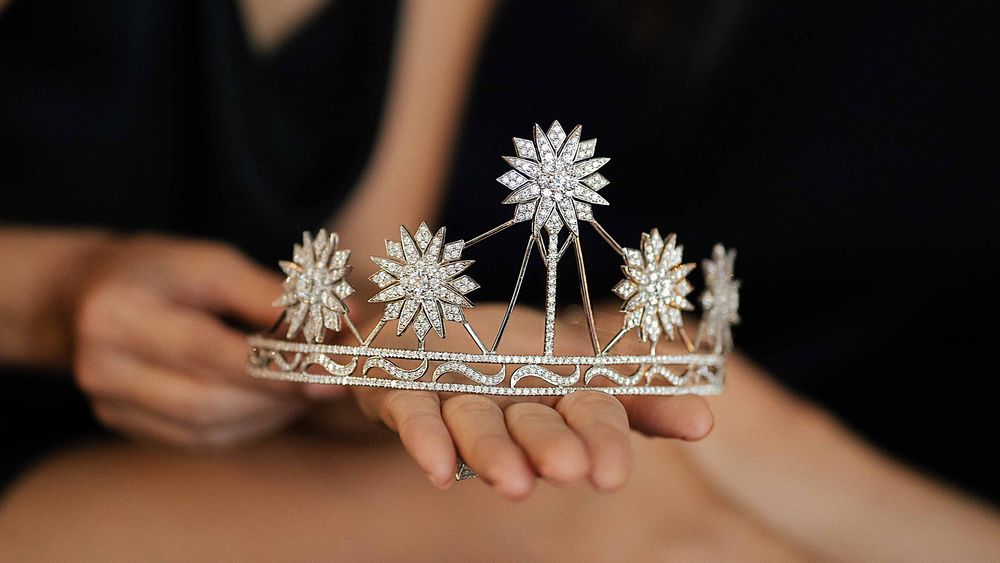
Without a doubt, diamonds are the most popular gemstones of all time. From fashion and jewellery to blockbuster films, diamonds have been celebrated for generations, thanks to their brilliance and resilience that allows them to last a lifetime and beyond.
In recent years, lab-grown diamonds have become accessible to the public with established and independent brands creating collections using these man-made stones, which are often hailed as the more sustainable option for the environment and cost.

Related article: Everything You Need To Know About Akoya Pearls
That is exactly what Singaporeans Adeline Lin and Marcus Wong are doing with their local jewellery brands, The Better Diamond and VALT that specialise in lab-grown diamond pieces. The latter is an upcoming ready-to-wear concept with the first collection—Cyclone—highlighting climate change with windmill and butterfly motifs.
“Diamond brands will tend to market lab-grown diamonds based on how much cheaper it is but that’s not how we see it. There is a strong environmental benefit to lab-grown diamonds and that is what they are truly about,” said Wong.
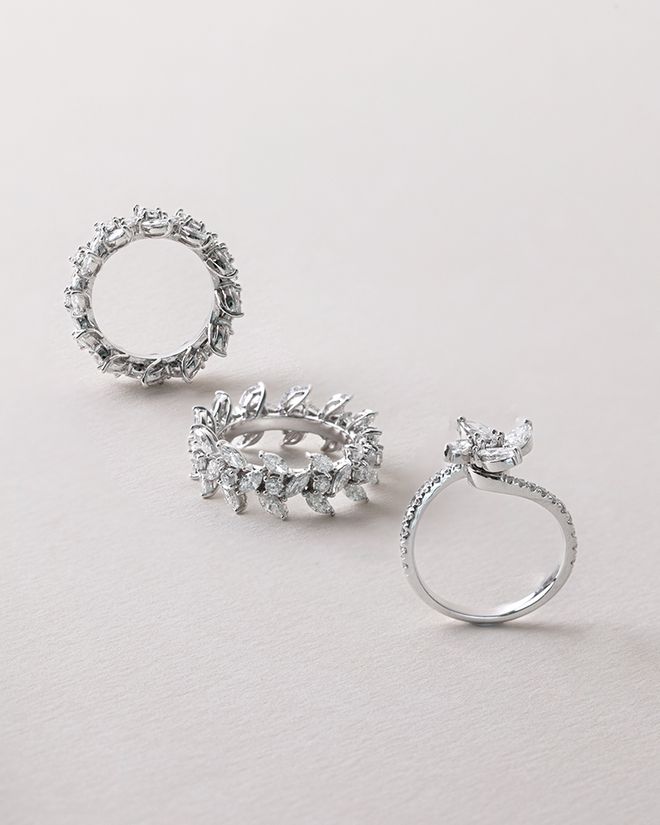
With the co-founders’ insight, Harper’s BAZAAR dives deeper into the similarities and differences between lab-grown and natural diamonds, and what makes them worthy of consideration for that next big purchase.
THE COMPOSITION
The formation of a natural diamond can take hundreds of years as it requires an immense amount of pressure and heat to kickstart the chemical reaction. On the other hand, synthetic diamonds take only about two to four weeks to fully develop.
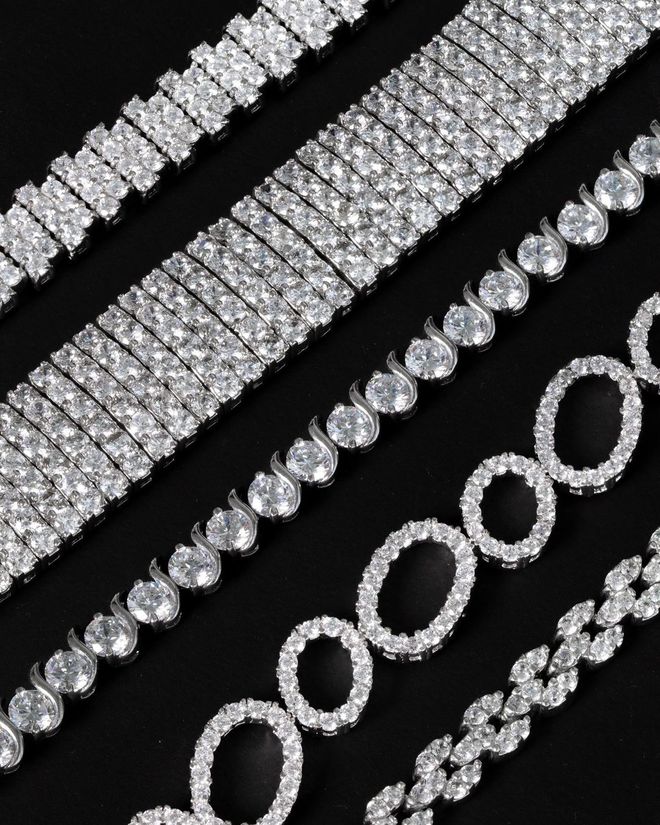
Related article: How To Rock Your Finest Jewellery With Everyday Staples
Certainly, this disparity must have drawbacks on the latter. Could lab-grown diamonds be weaker or less sparkly? Well, the truth is, there is no physical difference to the naked eye when it comes to either type.
“They are optically, physically and chemically identical. Only certain types of equipment can tell the difference morphologically or at an atomic level,” said Wong.
HOW ITS MADE
Wong also shared that, unlike lab-grown diamonds, natural diamonds have a tainted history of bloodshed, slavery and even wars, especially in West and Central Africa. Although these conflicts have dissipated and ethical mines exist, certain companies continue to exploit workers and resort to violence.
Fortunately, organisations and certification programmes have made it possible to separate natural conflict-free diamonds from blood diamonds in the 21st century.
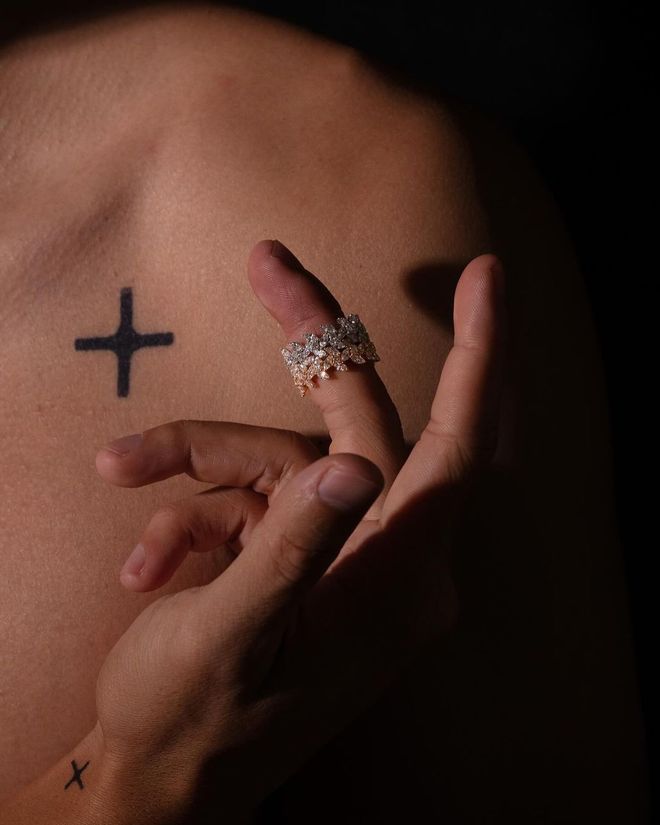
Related article: Hermès Celebrates Its Iconic Chaîne d’ancre With A Special Exhibition In Singapore
Then, there are the environmental factors such as deforestation. Diamond mines occupy acres upon acres of land, which results in damaged ecosystems and displacement of homes, whereas diamond laboratories only take up a small fraction of the space.
“These mines create permanent scars because they can’t be filled up after the diamonds are mined; they are there forever. Also, the heavy machinery used at these mines for decades has contributed to pollution,” said Wong.
Of course, lab-grown diamonds aren’t completely guilt-free. A lot of energy is consumed to produce the heat and pressure to turn carbon into a rough diamond.
“There aren’t any laboratories here in Singapore because the cost of electricity is too high. Eventually, we will move away from coal-powered generators to create diamonds but for now, this is a step in the right direction. Some companies have even developed ways to take carbon from the atmosphere and turn it into diamonds,” said Wong.
Lin added: “Of course, the price for those diamonds is just as astronomical as their methods.”
PRICE TAG
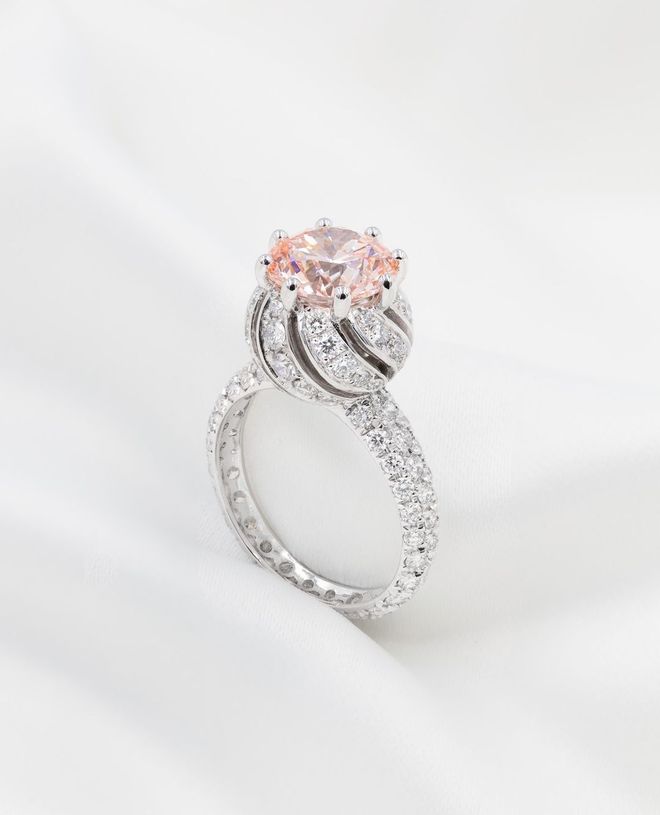
Lin explained that even though typical lab-grown diamonds such as the ones in their collections require a lot of energy, they still cost 60 to 70 percent less than a natural diamond.
“That’s the general difference in cost. We can’t determine the prices of diamonds on our own, both natural and lab-grown diamonds follow an industry-wide structure that bases the price point of the diamonds according to their specifications,” said Lin.
There is a misconception that lab-grown diamonds have no resale value and the couple agrees. But Wong explains that natural diamonds do not have much resale value either.
“Let’s say you buy a natural diamond for $20,000 and sell it away immediately; you will only get $10,000 for it. An identical lab-grown diamond would only cost $4,000 to $6,000. So, mathematically, the lab-grown diamond is a better option,” said Wong.
Another angle to look at this drastic price gap would be coloured diamonds. Naturally occurring coloured diamonds are extremely rare and could cost millions to attain, but these laboratories can create a wide range of coloured diamonds that are just as vibrant, at a fraction of the cost.
While Lin and Wong do receive a substantial amount of orders for coloured diamonds, their focus for 2024 will be on VALT to reiterate the effects of climate change, and how lab-grown diamonds are the way of the future as an environmentally-friendly option.